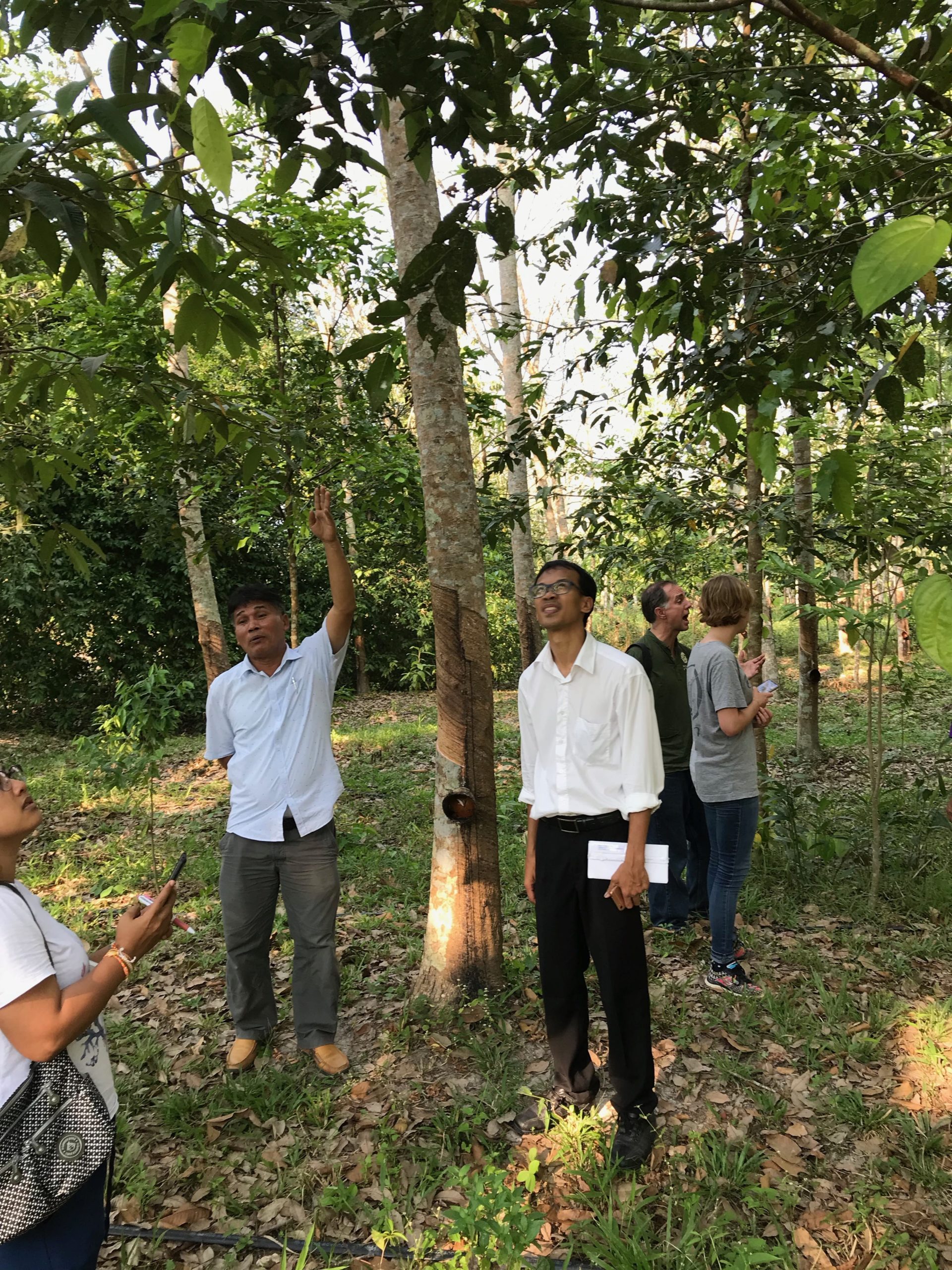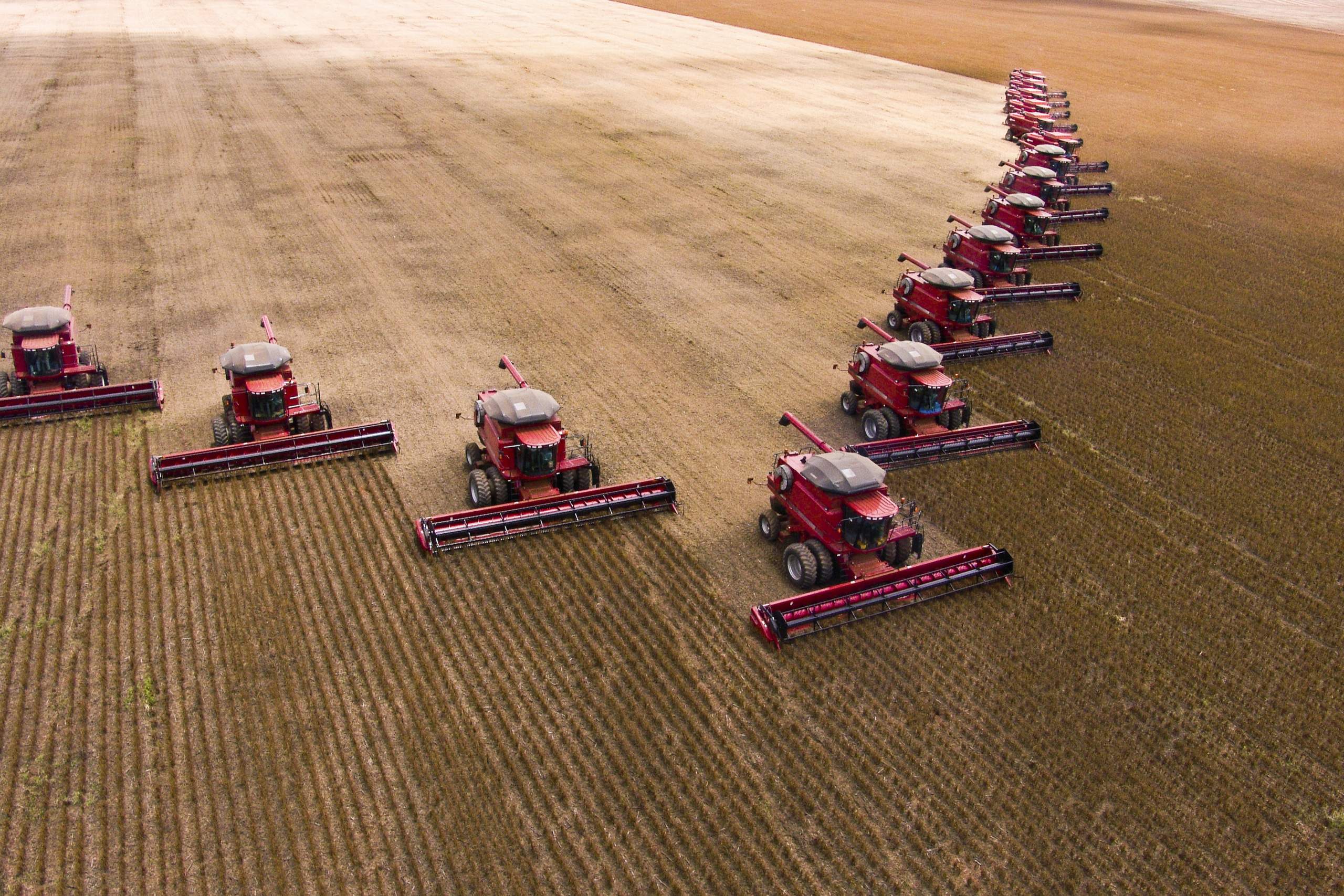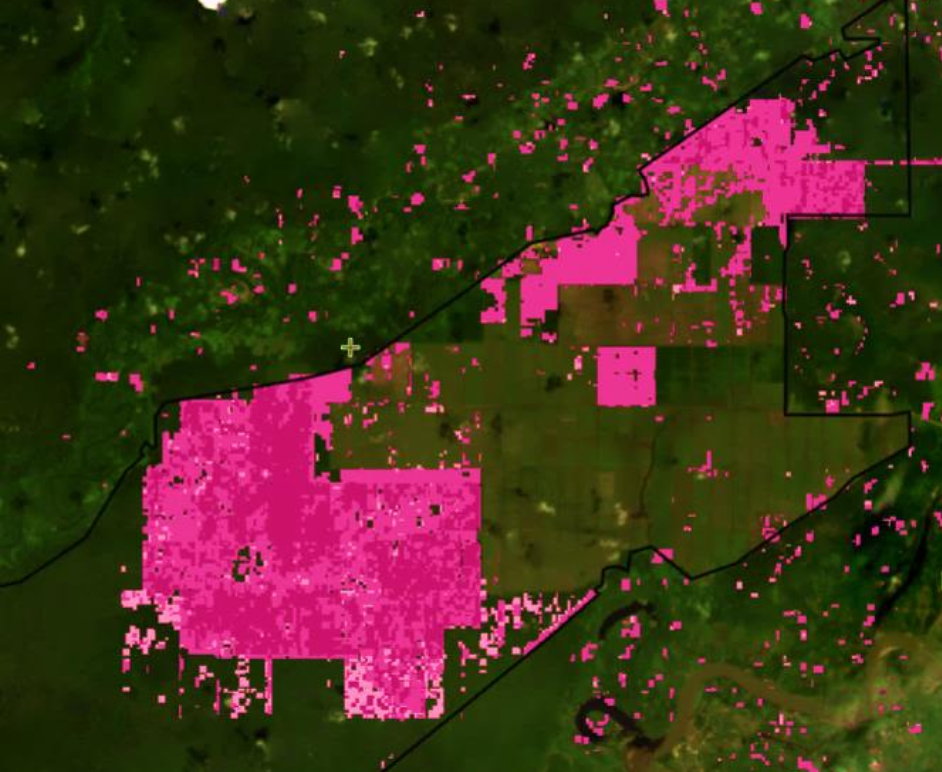
Looking at Opportunities for Sustainability in Rubber
Sustainable Natural Rubber- Pathways, Policies and Partnerships is being held from 24-26 September 2019 hosted by Rainforest Alliance, Mighty Earth, Einhorn Products, Prince of Songkla University, and Earth Net Foundation, Thailand. RSVP here!
Over a decade ago, when I started working with coconut farmers in Ban Krut, Prachuab Khiri Khan, Thailand to develop an organic coconut value chain, many of these farmers also grew rubber. Despite the work on organic coconut, there was no interest or discussion about sustainable or organic rubber. It didn’t seem to merit any interest at the time, in part because rubber is not eaten, and also because it needs to be processed with chemicals to yield rubber-based products such as tires and wetsuits.
Today looks very different than 10 years ago. Many key business stakeholders are beginning to understand the need for sustainability in rubber and are adapting their sourcing policies to address this in their supply chains. The newly established Global Platform for Sustainable Natural Rubber is evidence of this and has brought together the largest number of actors from this sector so far. However, end users outside of the tire industry as well as rubber farmers and tappers remain missing voices in the platform. There are other mechanisms today for sustainable rubber as well. Thai organic coconut farmers who also grow rubber can have their latex certified as part of the “Fair Rubber” initiative. The Forest Stewardship Council® (FSC) has taken an early lead in sustainable rubber certification by actively working to engage market players.
These policies and platforms reflect a growing trend of leaders in sustainability looking deeper into their purchasing and supply chains—and this demand is coming from all sides. Consumers want to know more about the brands and products they choose: what it is, where it comes from, and the impact that it has on our planet and its people. Research shows that companies that demonstrate and communicate sustainability leadership in new areas have a clear market advantage, along with other benefits such as secure supply chain, engaged employees, and stakeholder confidence.
This growing interest in more sustainable agricultural and forestry supply chains represents a massive opportunity for positive impact on communities, local watersheds, biodiversity, and national economies. Across commodities, agriculture effects massive areas of land. For rubber alone, over 14 million hectares are cultivated, and there are millions of associated farmers and laborers.
Unless we can link investment in sustainable practices with demand from responsible markets, it is difficult to move toward sustainability or achieve certification. Farmers, particularly small-scale farmers, are on the economic edge, usually laden with substantial debts and facing the constant risks of poor yields and low prices, either of which could lead to failure and bankruptcy. Even without a significant shift in practices, achieving certification adds a cost in time, training, and resources. If major shifts in practices are also needed, this requires an even greater investment and effort.
Much of the initial focus has been on preventing additional deforestation, similar to efforts with oil palm, and these commitments are critically important. However, with low rubber prices in the market for several years now, pressure to clear more land for rubber has been reduced. As such, it is also critically important to look at the management of rubber lands and practices that support biodiversity, watershed and soil health, and carbon sequestration. This must be done alongside consideration of the economics of the supply chain and developing goals that ensure farmers realize financial stability and improved livelihoods through rubber cultivation, regardless of fluctuations in the market and price.
An interesting possibility for improving the ecology and economics of rubber cultivation for farmers lies in exploring how diversity and ecology can be brought back to the millions of hectares that have already been transformed to monoculture. Here we see a huge opportunity, as demonstrated in research from the Prince of Songkla University and the experience of many farmers in Thailand. Both show that rubber can be effectively grown in diverse agroforestry systems to deliver comparable latex yields and much better performance on ecological measures such as erosion, water sequestration, biodiversity, carbon sequestration, and microclimate, while providing beneficial secondary yields of other commodities grown on the same land. This should not be surprising at all, as the rubber tree’s (Hevea brasiliensis’) native habitat is in the most diverse forests of the Amazon.
It is critical that we begin transforming the rubber sector and send signals from the market that there is a demand for sustainability managed rubber farms and latex. This is fundamental to the long-term viability of natural rubber overall, as it is apparent that rubber farmers, like many types of farmers, are an aging population. Many farmers do not want or expect any of their children to farm and tap rubber. This perspective is not overly surprising given the low returns and difficult work of rubber cultivation. In addition, the job of a rubber tapper is not always seen as reputable work. These factors can have a negative impact on the future supply of natural rubber, despite the expected growth in market demand for rubber. We have a massive opportunity to improve the livelihoods and labor conditions for rubber tappers, to introduce new methods of management and technologies to improve yields, and to make rubber tapping a more sought-after job.
In truth, we are just starting this exploration for natural rubber and many other solutions are still yet to be developed. When the key actors and supporters of value chains from farmers to processors, from enterprises to final consumers, work together, and when government agencies and NGOs help facilitate the right environment and provide key support where needed, the potential for rapid and dramatic shifts towards sustainability or even the step beyond sustainability—to regeneration—is frankly amazing.
It is not clear where we will go, but in the next decade we can and will dramatically shift the natural rubber value chain and its impact on our planet to be far more sustainable. If you would like to join us in exploring this potential and discussing some of the solutions proposed at a multi-stakeholder dialogue taking place near some of the most interesting sustainable rubber farming innovation in Hat Yai, Thailand, please contact Margaret Kran-Annexstein ([email protected]).
Michael B. Commons, Earth Net Foundation, Thailand


